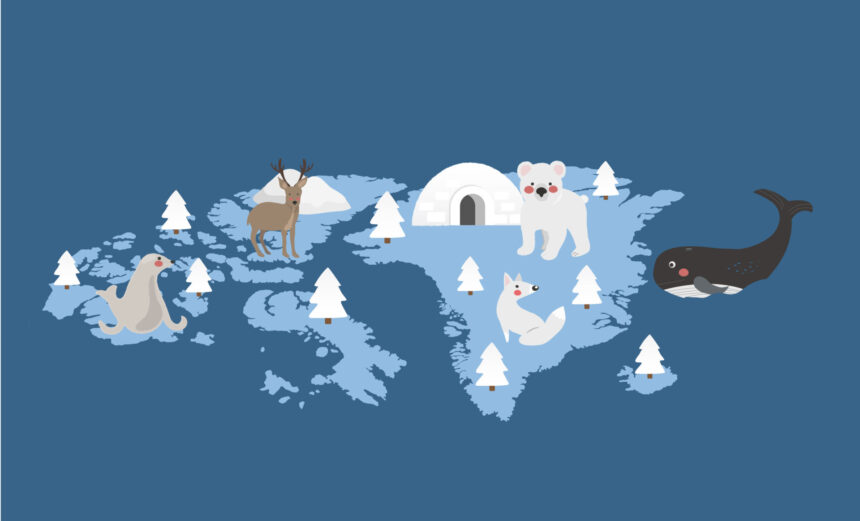Imagine a world of piercing cold, where the battle for survival unfolds on a stage of ice and snow. This is the Arctic, and its food web is a delicate dance of life against relentless odds.
⫸ Introduction
The Arctic isn’t just a land of ice and snow; it’s an ecosystem of extremes. From sub-zero temperatures to months of darkness, life in the Arctic faces challenges found nowhere else. Yet, the Arctic food web thrives, a testament to the incredible adaptations of the creatures that call it home.
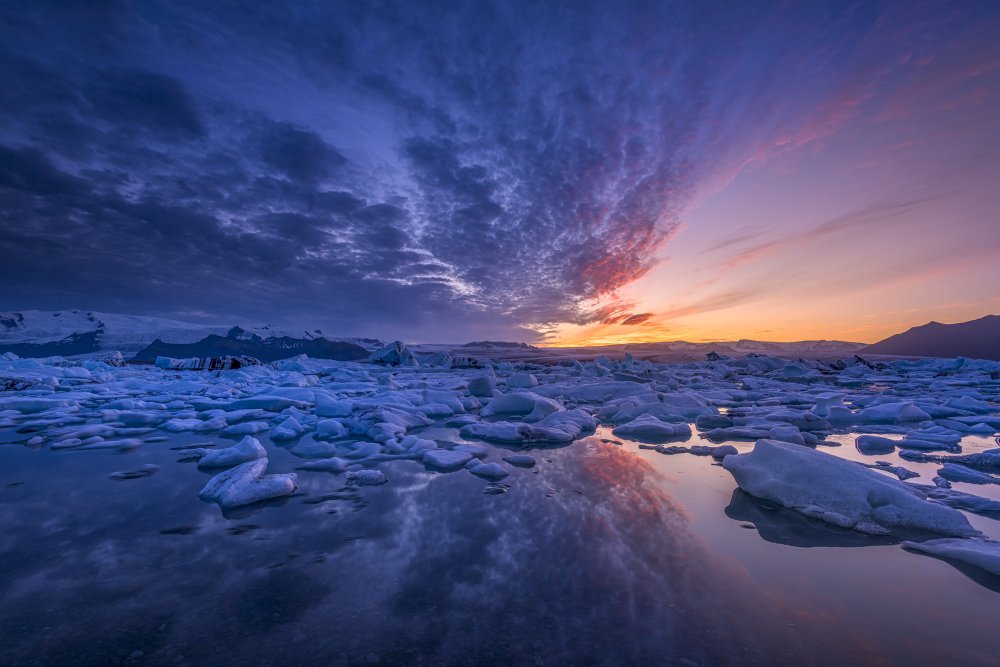
- Extreme Cold: Animals must maintain body heat in temperatures far below freezing, relying on thick fur, fat layers, or specialized behaviors.
- Shifting Light: The Arctic experiences long periods of darkness and near-constant sunlight, forcing organisms to adapt their feeding and migratory patterns.
- Limited Resources: The scarcity of food sources means every creature must be an efficient hunter or make the most of seasonal abundance.
- Sea Ice Dependence: Many Arctic predators, like seals and polar bears, depend on sea ice for hunting and breeding, making them vulnerable to climate change.

The challenges of the Arctic shape every creature and every interaction in this remarkable food web.
⫸ Producers: The Base of the Arctic Food Web
Life thrives in the seemingly desolate Arctic thanks to a remarkable group of organisms: the producers. These plants and algae form the foundation of the Arctic food web, defying the harsh environment to capture energy and turn it into the fuel for the entire ecosystem.
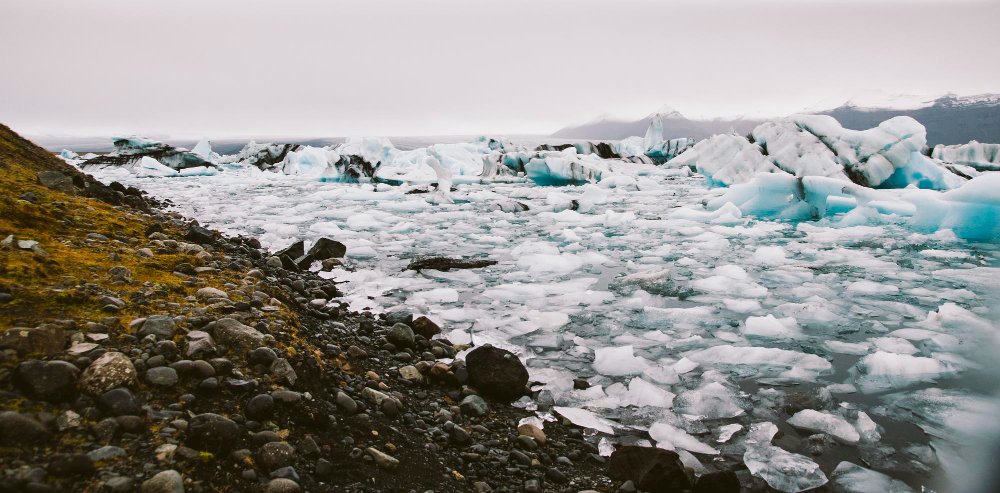
Phytoplankton
- Role in the food web: These microscopic plants might be tiny, but they are the powerhouse of the Arctic Ocean. Phytoplankton form the base of the food chain, supporting vast populations of zooplankton and other crucial consumers.
- Adaptations to the Arctic: Phytoplankton thrive in the frigid Arctic waters due to unique pigments that help them capture limited sunlight and antifreeze-like compounds in their cells that protect them from freezing.
Ice Algae
- Where they live: Ice algae are unique in that they live within the structure of the sea ice itself. These algae form dense mats on the underside of the ice, creating a vital habitat.
- Significance as a food source: Ice algae are critical, especially in early spring when other food sources are scarce. They nourish tiny grazers, which in turn support the larger food web.

Macroalgae (Seaweed)
- Types found in the Arctic: Kelps, rockweeds, and other large seaweeds cling to rocky coastlines in the Arctic. Some species have adapted to survive even in areas with seasonal ice cover.
- Animals that depend on them: Macroalgae offer shelter and food for marine life. Crustaceans, sea urchins, and even some fish species rely on the rich environment created by seaweed beds.
⫸ Primary Consumers: The Herbivores and Zooplankton
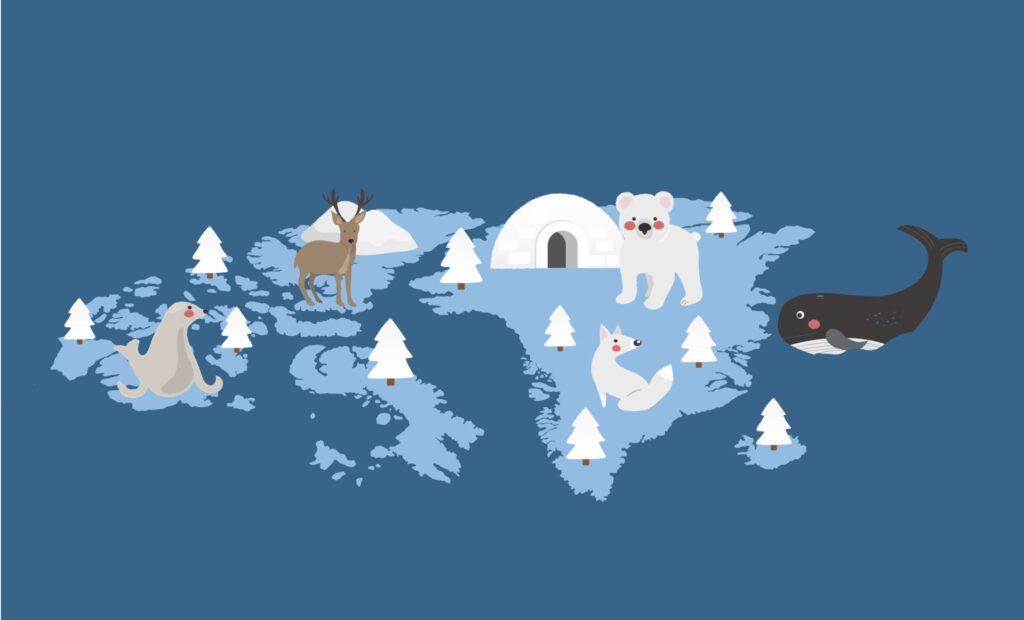
The level just above the producers in the Arctic food web is occupied by primary consumers, the organisms that directly feed on the plant-based foundation of the ecosystem. Let’s dive into the fascinating world of these creatures:
Zooplankton
◆ Keystone species (e.g., copepods, krill)
- Copepods and krill are the superstars of the Arctic zooplankton world. These tiny crustaceans occur in vast swarms, making them a critical food source for larger fish, birds, and even whales.
- Their high-fat content makes them especially valuable in the energy-demanding Arctic environment.
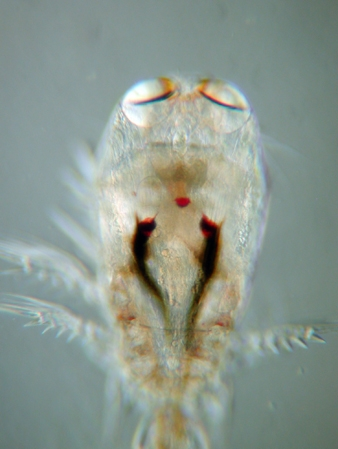
◆ Feeding strategies
- Copepods use feathery appendages to filter phytoplankton and other small food particles from the water.
- Krill are slightly larger and often feed on both phytoplankton and smaller zooplankton. Some krill species even have bioluminescent (light-producing) organs to help attract prey.
Arctic Herbivores
◆ Mammals (e.g., lemmings, caribou)
- Lemmings are small rodents famed for their population booms and busts. They feed on grasses, roots, and mosses, surviving under the snow in winter.
- Caribou herds migrate vast distances, browsing on lichens, leaves, and grasses. Their specialized hooves help them navigate snow and ice.

◆ Birds (e.g., ptarmigan)
- Ptarmigans change plumage with the seasons for camouflage. They primarily eat buds, twigs, and leaves, relying on their powerful gizzards to grind tough plant matter.
Adaptations to their plant-based diet
- Large digestive systems and specialized gut bacteria help herbivores break down tough plant fibers.
- Many store fat reserves for lean winter months.
- Some have unique teeth and mouth structures for grazing and grinding plant material.
⫸ Secondary Consumers: The Predators
The Arctic food web thrives on a diverse range of secondary consumers who bridge the gap between primary consumers and the apex predators. Let’s dive into the fascinating world of fish, seals, and birds that play crucial roles:
Fish:
◆ Arctic cod and its importance
- The Arctic cod is a cornerstone of Arctic food web. These small fish are abundant and provide sustenance to predators, including seals, larger fish, seabirds, and even polar bears.
- Their high-fat content makes them an energy-rich meal in the otherwise lean Arctic environment.
◆ Other fish species (e.g., capelin, char)
- Capelin, a smelt-like fish, plays a vital role in seasonal migrations that bring them near shore, fueling feeding frenzies for seabirds and marine mammals.
- Arctic char, a type of salmonid, is found in freshwater and marine environments, providing another food source for larger predators.
Seals:
◆ Types of seals in the Arctic
- Ringed seals are the most common Arctic seals, and they are known for their ability to create breathing holes in the ice.
- Bearded seals are larger and specialize in eating bottom-dwelling invertebrates.
- Harp seals migrate to the Arctic, often in large numbers, becoming a significant seasonal food source.
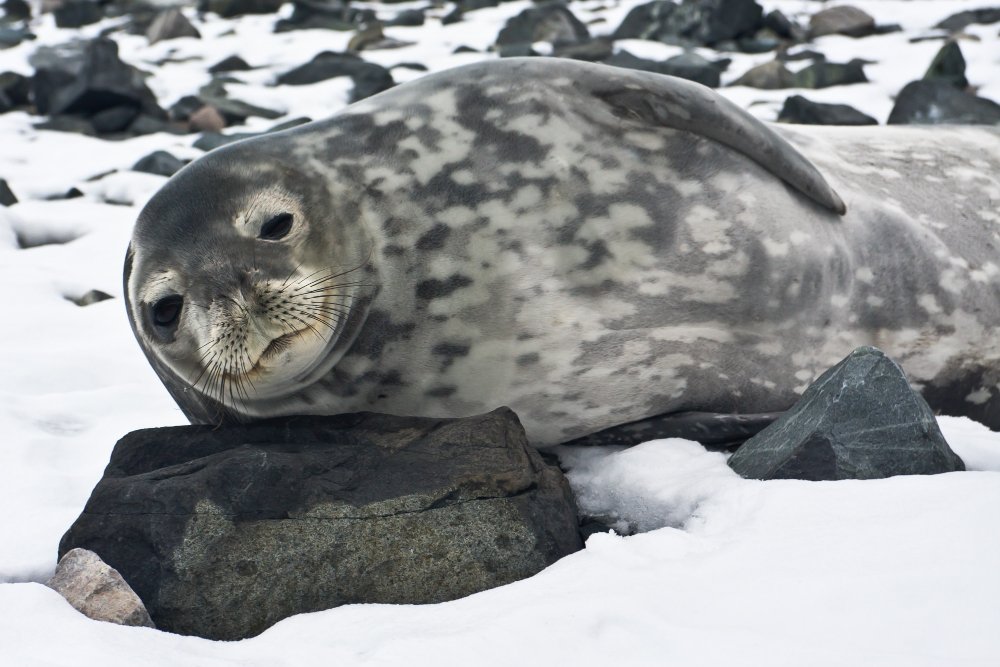
◆ Hunting strategies
- Seals use their whiskers to sense prey in the water.
- They are powerful swimmers who pursue fish and evade their own predators.
- Some seals, like ringed seals, create lairs under the ice to protect themselves and provide a platform for pupping.
Birds:
◆ Seabirds (e.g., murres, auks)
- Murres and auks are diving birds that expertly snatch fish from the water.
- They form massive nesting colonies on cliffsides, creating a localized impact on the food web.
◆ Predatory land birds (e.g., snowy owls)
- Snowy owls are powerful hunters with keen eyesight. They specialize in rodents like lemmings but also use seabird chicks or carrion.

⫸ Apex Predators: At the Top of the Pyramid
The Arctic food web culminates in a fierce struggle for dominance, where only the strongest and most adaptable predators thrive. These apex predators play a vital role in keeping the ecosystem balanced, influencing the populations of the species they prey upon. Let’s dive into the lives of three iconic Arctic hunters:
Polar Bears:
◆ Hunting techniques
- Still-hunting: Waiting patiently beside the seal, breathing holes in the ice.
- Stalking: Using their white fur as camouflage to sneak up on seals resting on the ice.
- Ambush: Bursting out of the water or snow to take prey by surprise.
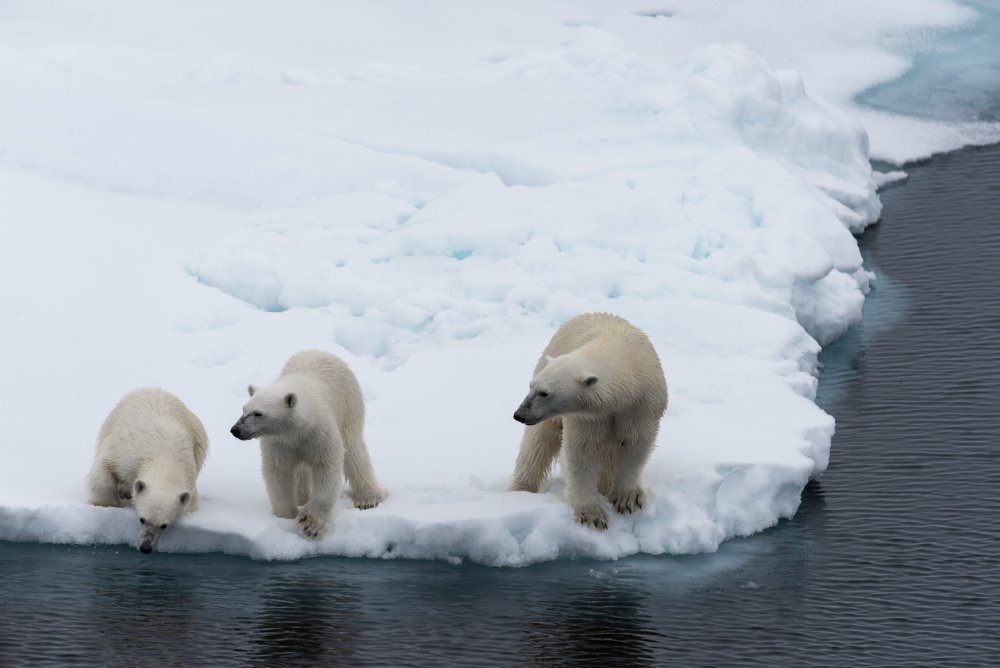
◆ Dependence on sea ice
- Sea ice is essential for polar bear hunting; seals are their primary food source.
- With shrinking sea ice due to climate change, polar bears struggle to find food, leading to starvation and population decline.
Killer Whales (Orcas):
◆ Varying diets of different pods
- Some pods specialize in hunting seals and sea lions, while others prefer fish or larger whales.
- Their diet reflects the availability of prey within their traditional territories.
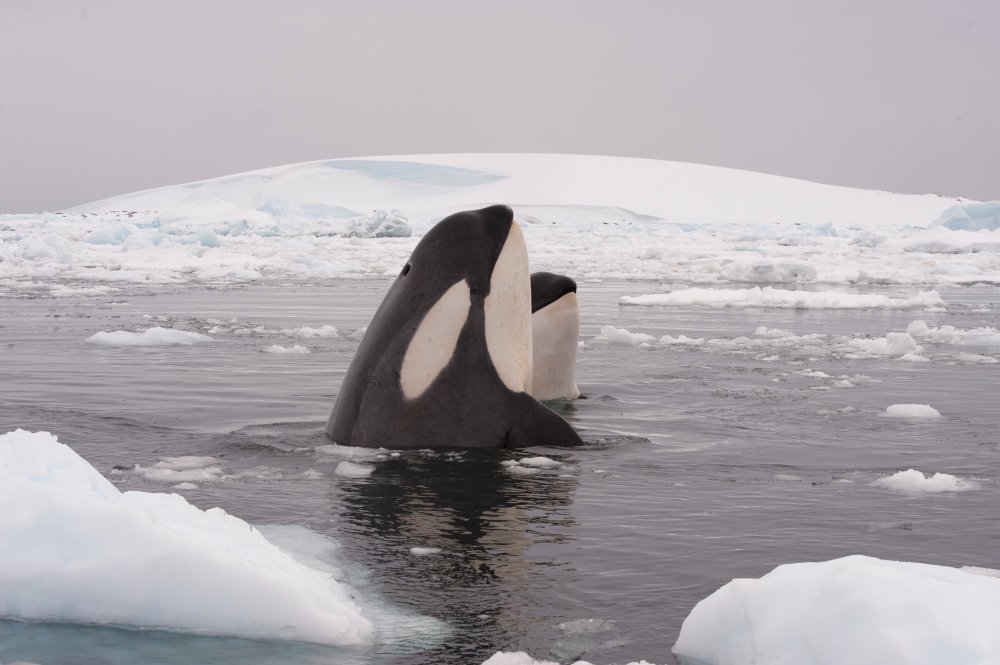
◆ Hunting cooperation
- Orcas are highly social and use complex hunting tactics like creating waves to wash seals off ice floes.
- Coordinate attacks to take down larger prey
- Teach hunting techniques to younger members of the pod
Arctic Wolves:
◆ Pack hunting strategies
- Work together to surround and isolate prey, such as muskoxen or caribou.
- Tire out larger prey through relentless pursuit.
- Pack hierarchy plays a role in hunting success.
◆ Scavenging Behavior
- Opportunistic scavengers, feeding on carcasses left by other predators or natural deaths.
- This helps them survive lean times when hunting is difficult.
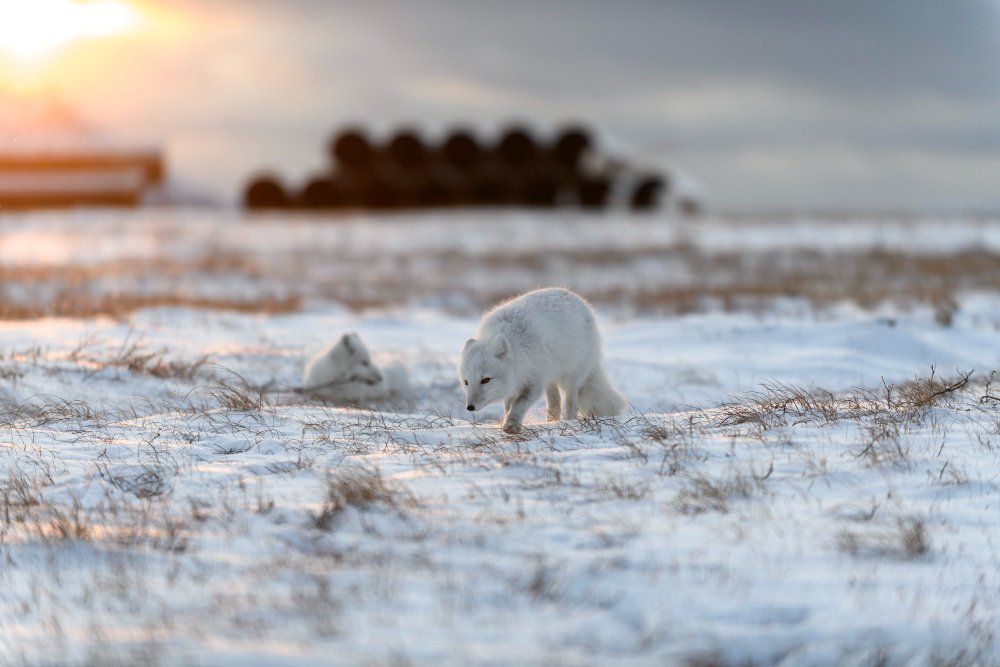
⫸ The Decomposers: Breaking It Down
The drama of the Arctic food web often centers on its visible players – the seals, whales, and iconic polar bears. But beneath the surface, an unseen world of tiny organisms plays a vital role. Bacteria and fungi are the Arctic’s tireless recyclers, ensuring the ecosystem‘s health and continued survival.
Bacteria and fungi in the Arctic:
- Specialized bacteria and fungi thrive in Arctic soil and water despite the harsh temperatures.
- These extremophiles have adapted to the cold, developing mechanisms to prevent freezing and continue their work.
- They are remarkably diverse and play significant roles in the environment.

Their role in nutrient recycling
- Decomposers break down dead plants, animals, and waste, releasing essential nutrients into the Arctic Food Web.
- These nutrients (nitrogen, phosphorus, etc.) fuel the growth of new phytoplankton, restarting the food web cycle.
- Without decomposers, the Arctic food web would halt, as resources would become locked up in dead organisms.
⫸ Food Web Dynamics and Environmental Threats
The intricate connections within the Arctic food web create a delicate balance, but this balance is increasingly under threat. Environmental changes disrupt the delicate food web dynamics, with far-reaching consequences for the Arctic’s iconic species and the ecosystem’s overall health.
Climate Change and the Melting Arctic:
- Warming temperatures rapidly reduce sea ice, the foundation of many Arctic food chains.
- Ice loss impacts algae growth, the primary food source for many marine creatures.
- Changes in ocean currents and water temperature displace key prey species.
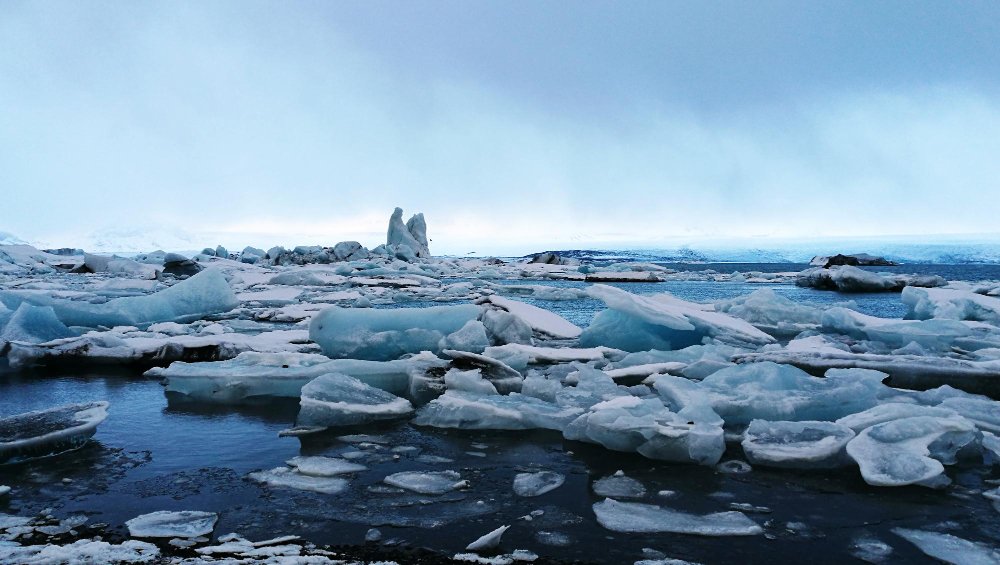
◆ Impacts on Prey Availability
- Declining zooplankton populations like krill threaten fish, seals, and whales that rely on them.
- Shifts in the timing of plankton blooms create mismatches between food availability and predator needs.
- Migratory species like caribou may face food shortages as warming disrupts plant growth patterns.
◆ Predator-Prey Imbalances
- Polar bears, heavily dependent on seals, struggle as ice loss limits hunting opportunities.
- Increased competition for limited resources forces predators to change diets or hunting ranges.
- New predator-prey relationships emerge, potentially destabilizing the entire food web.
Pollution and Bioaccumulation:
- Persistent pollutants travel to the Arctic and accumulate in the fatty tissues of animals.
- Toxins magnify up the food chain, reaching dangerous levels in apex predators.
- This contamination weakens immune systems and disrupts reproduction in top predators.
⫸ Conclusion:
The Arctic food web isn’t merely a chain – it’s a complex tapestry woven with delicate threads. Each organism is vital, from the tiniest phytoplankton to the majestic polar bear. Here’s why this interconnectedness makes the Arctic so vulnerable:
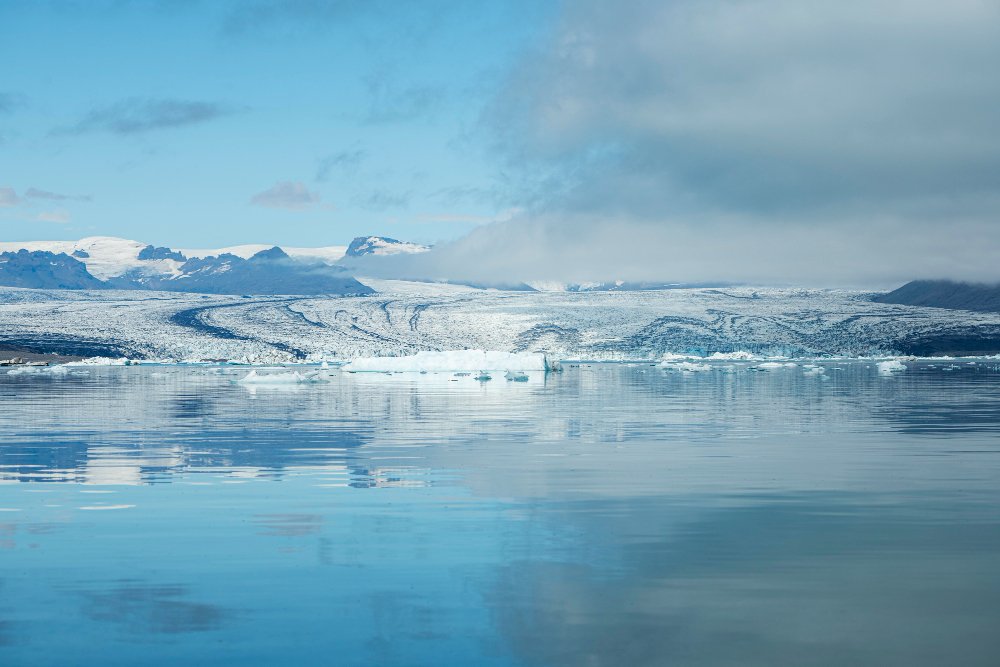
- Domino Effect: A decline in one species can have cascading effects throughout the food web. For example, reduced sea ice means less algae, which impacts everything from zooplankton to whales.
- Magnification of Threats: Pollutants and toxins accumulate up the food chain, becoming most concentrated in apex predators.
- Climate Change as the Ultimate Disruptor: Warming temperatures, melting ice, and ocean acidification threaten the very foundation of the Arctic ecosystem, putting the entire food web at risk.
Urgent Action Needed
The Arctic isn’t just a remote wilderness; its health is intertwined with the well-being of our planet. To protect this fragile food web, we need:
- Global Climate Action: Reducing greenhouse gas emissions is paramount to slowing the devastating effects of climate change on the Arctic.
- Protecting Key Habitats: Designating marine protected areas and limiting human disturbances in critical Arctic regions.
- Pollution Prevention: Working internationally to minimize the impacts of pollutants that enter the Arctic food chain.

